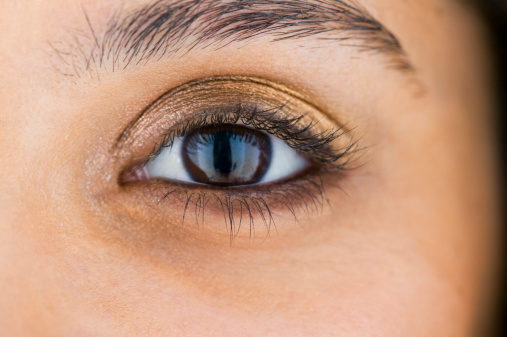Buffalo, NY—Shoppers now have another reason to make sure they are getting enough vitamin D. New data published in JAMA Ophthalmology suggests that sufficient levels of vitamin D may help reduce the risk of developing age-related macular degeneration (ARMD) in women who are at high genetic risk for developing the disease.
Researchers from the Unversity of Buffalo analyzed data on 913 women (ages 54-74) who participated in the Carotenoids in Age-Related Eye Disease Study (CAREDS), an ancillary study of the Women’s Health Initiative Observational Study. More than half of the group (550 women) had adequate levels of vitamin D (≥20 ng/mL), but the others had inadequate (275 women, ≥12 to <20 mg/mL) or deficient levels (88 women, <12 ng/mL).
Those in the vitamin D deficiency group has a 6.7-fold increased chance of developing AMD and two genetic risk markers for the disease. Although the odds of having AMD was higher in women who were deficient for vitamin D, increasing vitamin D levels beyond 12 ng/mL did not further lower the odds of AMD to any meaningful extent, explains Amy Millen, Ph.D., the study’s lead author.
According to Millen, “Our message is not that achieving really high levels of vitamin D are good for the eye, but that having deficient vitamin D levels may be unhealthy for your eyes.”
Published on WholeFoods Magazine Online, November 2015, online 9/12/15










